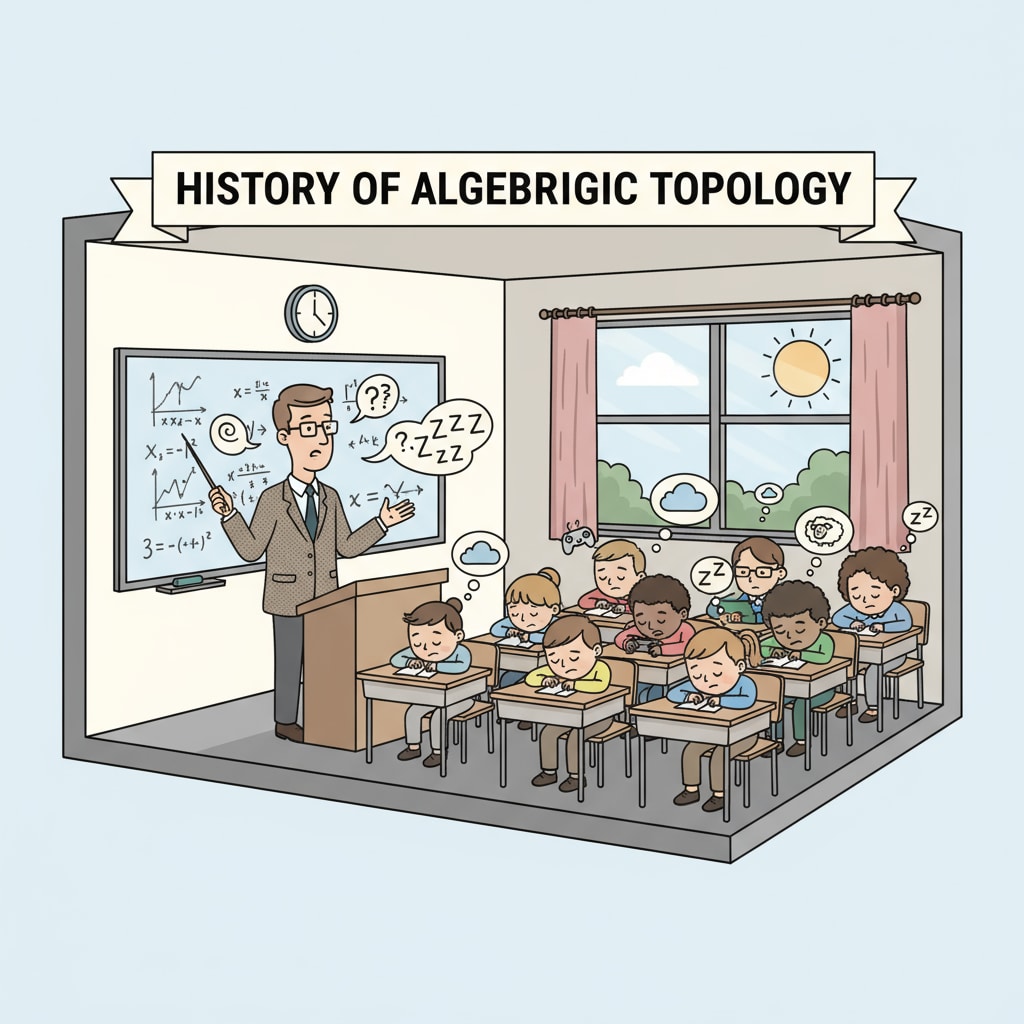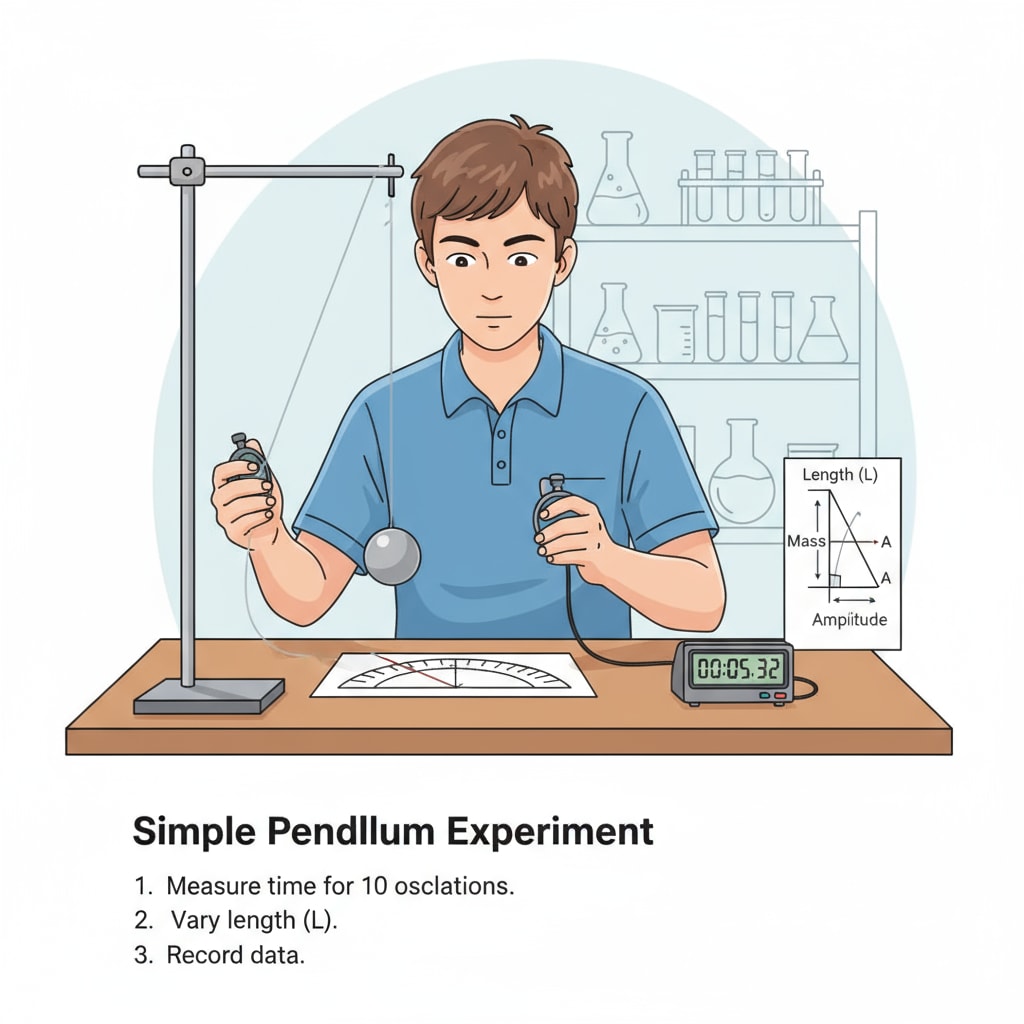Theoretical learning can be particularly challenging for students with attention deficit and those who thrive in hands-on learning environments. However, there’s a new approach that can revolutionize their academic journey – the reverse learning path from questions to theories.

This method breaks the shackles of traditional learning and paves the way for enhanced learning efficiency.
The Struggles of Traditional Learning
Traditional theoretical learning often follows a linear path. Students are expected to absorb a large amount of theoretical knowledge first and then apply it to solve problems. For students with attention deficit, this one-size-fits-all approach can be overwhelming. Their minds may wander during long lectures or while reading dense textbooks. As a result, they struggle to retain information and make connections. Britannica has some insights on traditional learning methods here.

The Reverse Learning Path
The reverse learning path flips the script. Instead of starting with theories, students begin with practical questions. For example, in a physics class, instead of diving into complex equations, students can start by observing a real-life phenomenon like a swinging pendulum. This hands-on experience piques their curiosity and makes them eager to find answers. Once they have a set of questions, they can then explore the relevant theories. Wikipedia has detailed information on various learning approaches here.

By starting with practical scenarios, students with attention deficit are more engaged. The concrete nature of the questions provides a focus point for their otherwise scattered attention. This way, they can better understand the relevance of the theories and are more motivated to learn.
Readability guidance: Keep paragraphs short and use lists to summarize key points. For example, the benefits of the reverse learning path can be listed as follows: increased engagement, better understanding of relevance, and higher motivation. Control the use of passive voice and long sentences. Add transition words like “however”, “therefore”, and “in addition” throughout the article to enhance flow.


